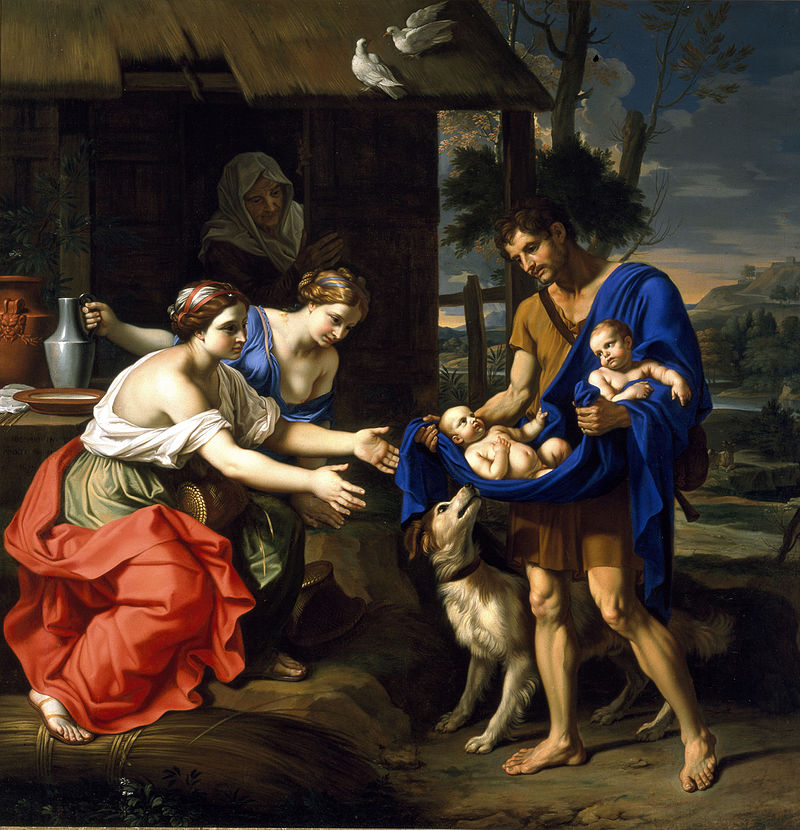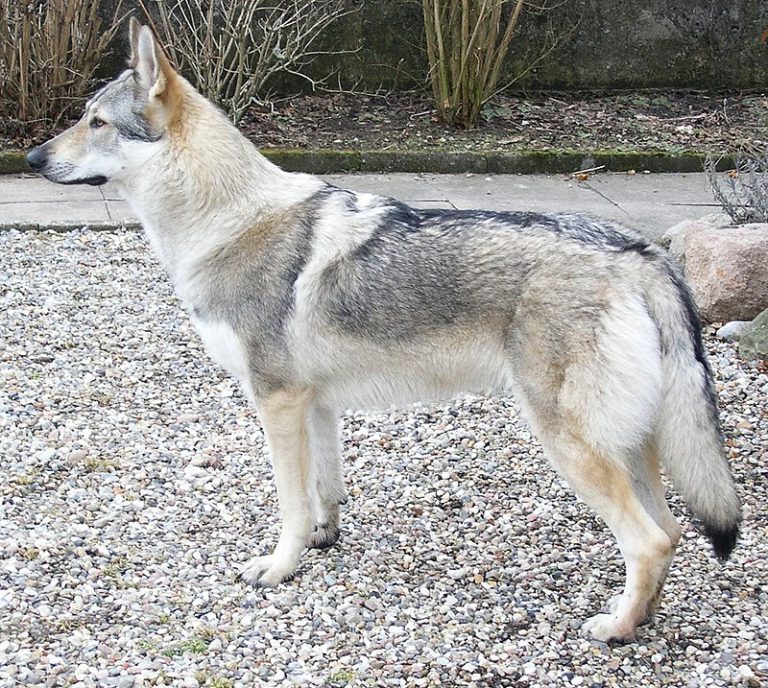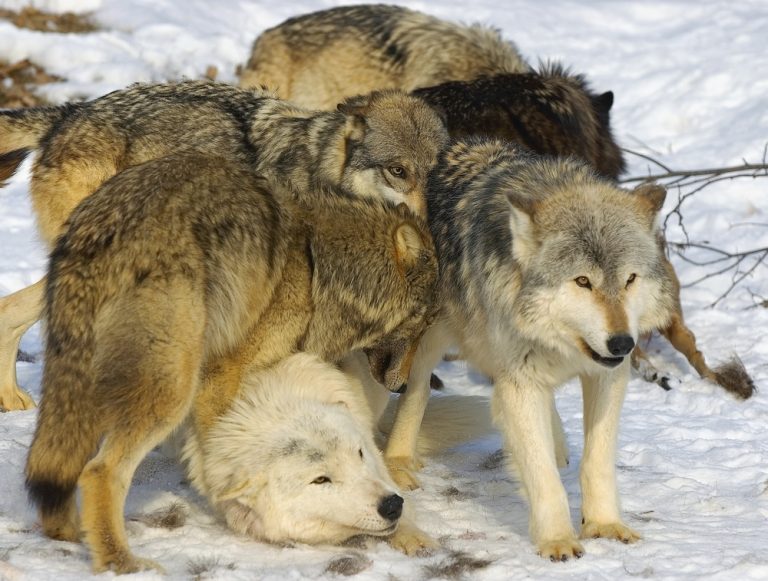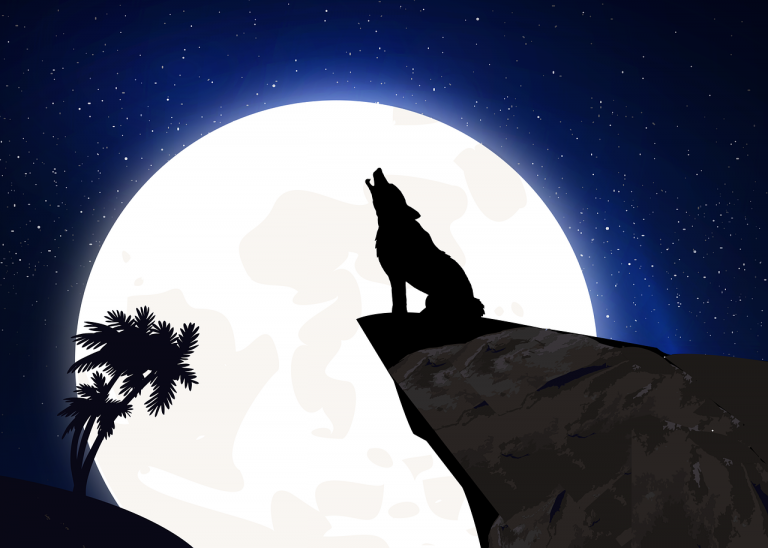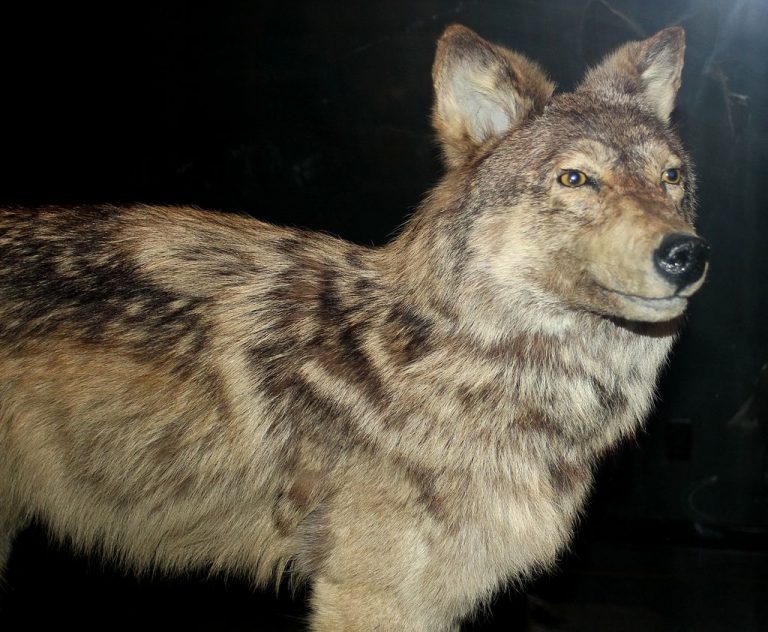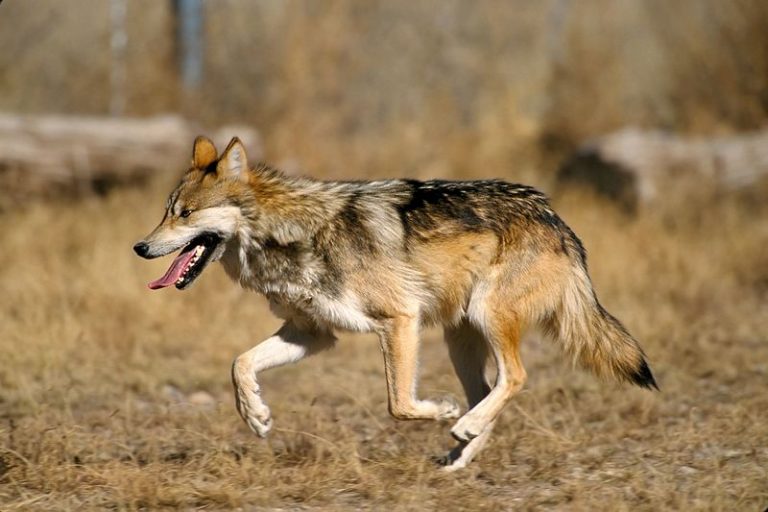10 Of The Most Popular Wolves In Mythology And Legends
The wolf continues to fascinate us as seen by the many ancient tales of wolves in mythology.
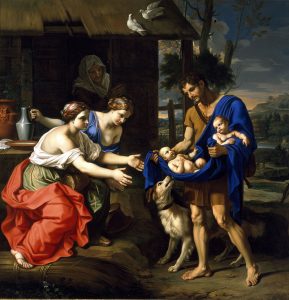
The Wolf continues to capture our imagination and the evidence is everywhere. From literature to movies you’ll find references to wolves often.
Apparently, past generations aren’t left out too. There are almost innumerable stories of wolves in mythology and legends to choose from. Stories tell of their achievements, victories, and sometimes evil ways, in many legends passed down for generations.
That mysterious, wild and untamed spirit just won’t die. To date.
We’ve compiled some of the most popular tales about wolves that are still fascinating today. Norse mythology in particular is filled with tales about wolves as you’ll see below. Let’s take a look at some of these legends from around the world.
10 Of The Most Popular Wolves In Mythology And Legends
1) Amarok
Amarok, also spelled as Amaroq in Inuit mythology, is a gray colored wolf (possibly a gray wolf?) of gigantic size.
The Amarok wolf is a monstrous wolf that hunts alone especially at night instead in packs like other wolves do. Tribal chieftains, northern hunters, and rural warriors were some of the worshippers of Amarok.
However, Amarok is most famous for a particular story where he gives strength to a young boy who lived in a village and was hated by all the people living there. He cried out to the “Lord of Strength” and Amarok appeared giving him the strength he wanted.
2) Asena
A Turkish tribe living in Central Asia have a myth that they were beaten by an enemy but only one 10-year-old boy survived the attack. However, a blue she-wolf appeared and took this boy along and fed him with meat and helped raise him.
Afterwards, this boy mates with the she-wolf and they have 10 male cubs: half-human, half-wolf boys. One of them is named “Asena” and he is the founder of the Ashina Clan.
3) Fenrir
In the Norse mythology, Fenrir is known as the monstrous wolf or a terrible monster which has an appearance just like a wolf.
Fenrir was among three sons of the god Loki and Angrboda. He was the most dangerous of wolves and was chained up by the gods after many unsuccessful attempts. The gods eventually asked some dwarves to help. They created a magical ribbon that could hold Fenrir.
They bound him but not before one of the gods, Tyr, lost his hand in the struggle.
Fenrir is undoubtedly one of the most feared and popular of wolves in mythology.
4) Romulus and Remus
Romulus and Remus were royal twin brothers nursed by a she-wolf.
Roman mythology says that Rome was founded by Romulus after killing Remus. Romulus was also the first king of Rome.
5) Geri and Freki
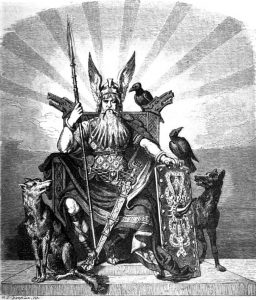
Another account from Norse mythology is that of Geri and Freki. They were two wolves asked to accompany Odin.
The legend goes that Odin was bored of traveling alone around the world and for this reason he created two wolves named Geri and Freki. Odin came to love them dearly.
However, the two wolves quickly populated the Earth with their offspring.
To avoid difficulty in feeding the many wolves, Odin also created Hugin and Munin, two ravens, to help them find food. In return, the wolves shared their prey with the ravens. To date, you’ll often find ravens hanging around wolves to share their leftovers.
The names Geri and Freki mean “the ravenous one” and “the greedy one.”
6) Skol And Hati
According to the Norse mythology, Skoll and Hati are brothers that chase the sun and the moon. Interestingly, they are both sons of Fenrir.
Day and night they pursue the moon and sun. The legend goes that one day, at the time of Ragnarok, they will catch and devour the moon and sun. Therefore, the earth will be plunged into endless winter such as the world has never seen before.
During that time, the earth will tremble and all the monsters the gods ever imprisoned will escape and be unleashed on the Earth.
7) Wepwawet
The people of Upper Egypt worshiped Wepwawet as an ancient Wolf God and he is still famous throughout Egypt.
The meaning of Wepwawet is “Opener of the ways.” He was extremely strong and in fact, more powerful than other gods at the time. According to mythology, Wepwawet was the one who partitioned the earth from the sky.
Wepwawet, or Upuat, is highly regarded and referred to as: God of War, Guardian of the Deceased, Protector of Pharaoh, Protector of the Egyptian Army, etc.
8) Morrighan
The stories of the Ulster cycle, talk about the Celtic warrior goddess Morrighan.
She is often portrayed as a wolf and at other times a cow. She was linked to fertility and land but before then, she represented sovereignty and kingship.
9) Lycaon
Some Greek tribes tell the tale of the king of Arkadia named Lycaon.
He tried to test Zeus by offering him the flesh of his sacrificed son, Nyctimus. However, Zeus rejected it and transformed Lycaon and his remaining children into wolves as punishment. Despite several efforts, Lycaon and his sons never shifted back to humans.
Though Zeus did restore the sacrificed child to life.
10) Horkew Kamuy
On the island of Hokkaido, Northern Japan, the Ainu people regard Horkew Kamuy the wolf was an important god.
Horkew Kamuy is also referred to as the “Howling God” , “White Wolf God” , and “Lord Wolf God”. They also regard him as a divine spirit.
He lived on top of a mountain and often helped humans with their problems ranging from disease to other disasters like fire, etc. He would send a white wolf down to help them and in return they were to feed the wolf.
Also, they were not to harm his white wolves.
However, the humans did not keep their part of the agreement and in anger he decided to breed and send vicious werewolves to kill them. The only problem was that he needed a human bride to birth the werewolves.
Eventually, he got a bride but she was so beautiful that he fell in love with her. Their offspring became known as the Children of the White Wolf and they were peaceful, loving werewolves.

